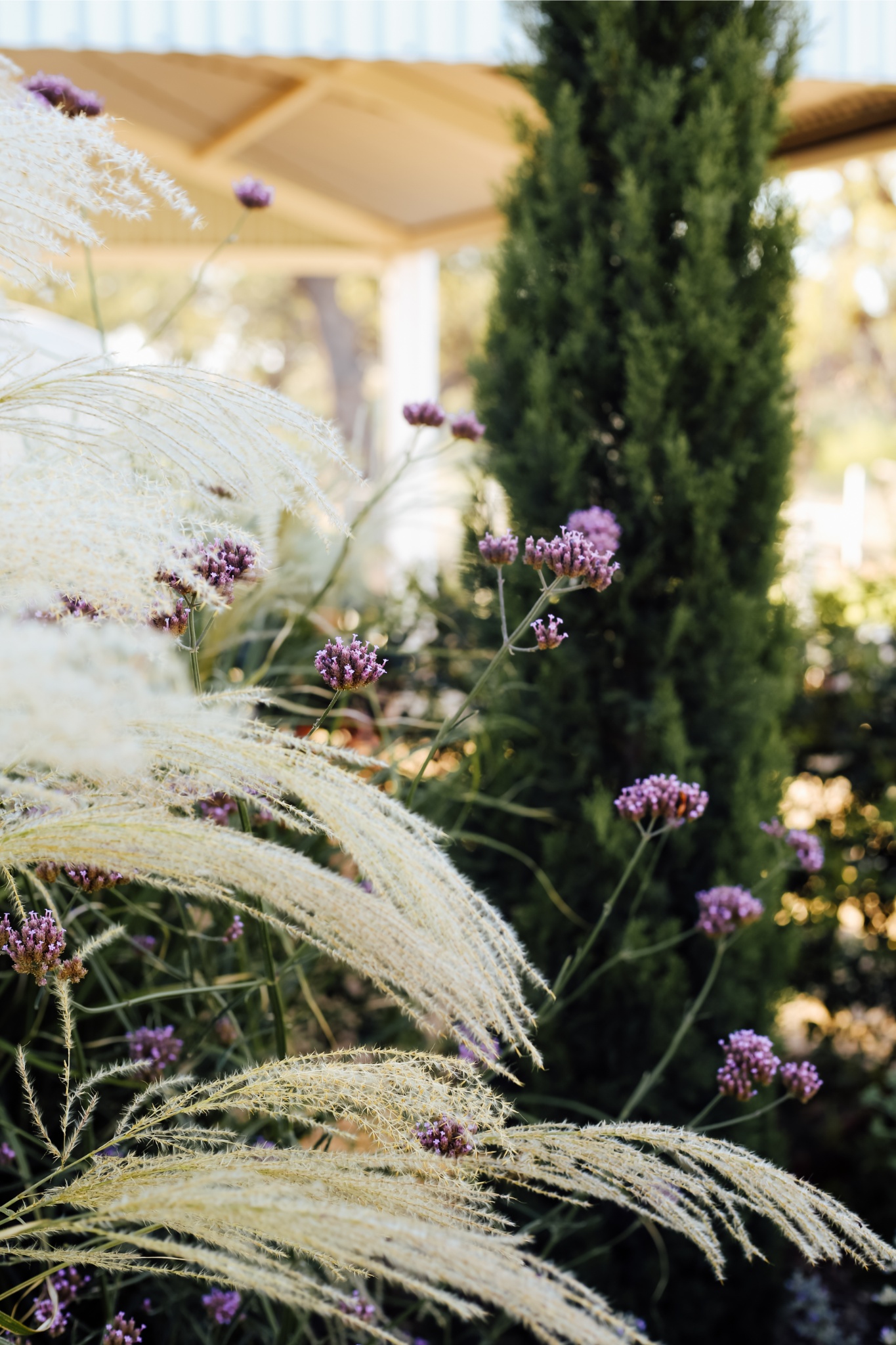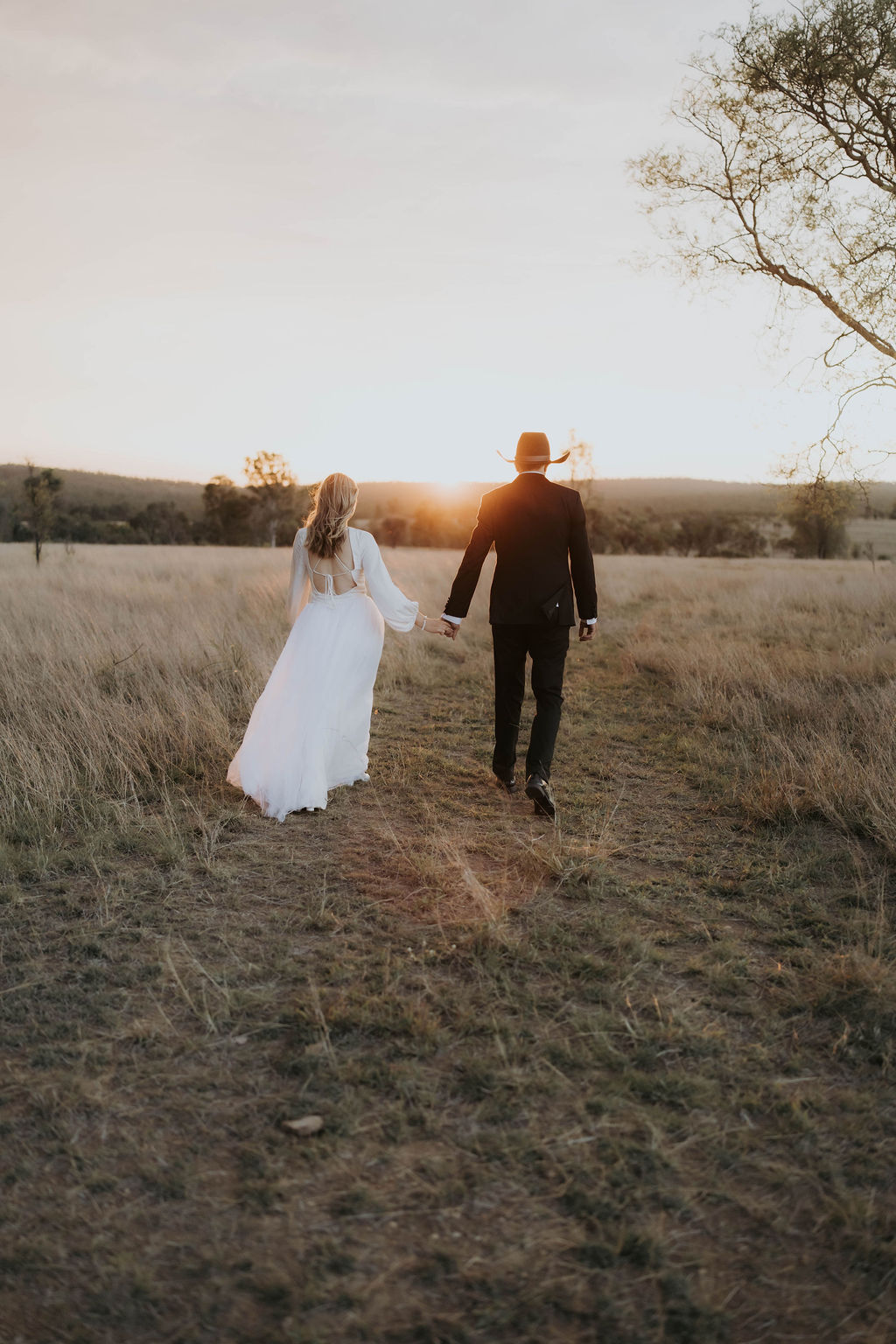Sign up to our mailing list for the best stories delivered to your inbox.
Plus, gardening advice columnist Cassandra Hooke answers your questions about plant spacing, irrigation systems, natural bug control and more.
WORDS CASSANDRA HOOKE PHOTOGRAPHY EMMA CROSS


What should I put in shady areas? I’m finding it difficult to find the right plants.
Grace Slack-Smith, Dirranbandi, Queensland
Some plants have adapted to tolerate different levels of shade, or more accurately the absence of sunlight. In gardening, a renowned challenging location in a garden is an area of dry shade. This is an area that gets a low level of rainfall or a minimal amount of supplementary watering. Shade plants that are suited to temperate to arid zones include plants such as Arthropodium cirratum (NZ rock lily), hellebores, liriope, Aspidistra elatior (cast-iron plant), clivia, gardenia, plectranthus, Ceanothus papilliosus (Californian lilac), Ligularia reniformis (tractor seat plant), Viola hederacea (violet), Dichondra repens (kidney weed) and Fatsia japonica (aralia). In cooler climates, plants such as hydrangeas, tree ferns, daphne, hosta, Solomon’s seal, begonia, fuchsia, knotweed, camellia, and azalea are suitable. In warmer climates, birds nest ferns, bromeliads, philodendrons, cordylines, orchids, ginger and staghorn are plants to give a go. My favourite shade-tolerating plants are Arthropodium, hellebore and liriope and are all suited to a large climate zone and dry shade. Arthropodiums are frost sensitive, so are best planted under the canopy of other plants that will shield them from frosts.
Can you please explain the pros and cons of spray irrigation vs dripline irrigation? I am planning to plant a border of eucalyptus trees on a residential acreage block that will use bore water.
Lucy Bee, Deniliquin, NSW
I find dripline irrigation to be very efficient and effective. Water is delivered directly to the surface of the soil and is distributed slowly, which minimises surface runoff and water loss from wind. It’s relatively simple to install and can either be connected to an automated irrigation system, tap timer, or manually turned on and off if connected to a tap. I’ve used all three applications and it is much more time efficient than hand watering and more effective than sprinklers. Different dripline irrigation pipes have different water outlet rates, so best to check the flow rate (litres per hour) before you set a timer. Using dripline irrigation where bore water is your garden’s water supply can also be beneficial as there is less build-up of elements on foliage which can be harmful. I also find in my vegetable garden that plants are less prone to fungal diseases, such as powdery mildew, as water is not sitting on foliage, creating a humid environment.
Irrigation sprays don’t always work as well when there is low water pressure. The amount of water and distance the water is sprayed will vary depending on the changing pressure availability. Therefore, this type of system can be less accurate. Sprays can be a good option where you want to cover a larger area, have good water pressure, and clean water supply. Less materials may be required to install spray irrigation than a dripline system so this could also be more cost effective. I usually use sprays or drippers connected to low-density poly-pipe for trees that are planted at greater distances apart than dripline holes are spaced. This minimises weeds growing from the additional water.
Including a flush in the irrigation line, especially if on dam or channel water, allows for the removal of any build up that may otherwise block your irrigation system. No matter the system you decide upon, it is best to test your irrigation regularly to ensure it is working properly.
Cassandra talks to Graziher’s Life on the Land about her love of gardening. Article continues below.
What are your favourite online plant nurseries to source plants from?
– Megan Kirby, Roseworthy, South Australia
I do have a few that I am loyal to and repeatedly buy from. The Diggers Club, Woodside Plants, Quality Plants & Seedlings, Australian Plants Online, Botanical Treasures Nursery, Perennialle Plants and Woodbridge Nursery are a few. Where we live, we receive mail twice a week and I’ve so far had minimal issues with mail-order plants. Most online plants are sold in tube stock and sent via Express Post. Tube stock are smaller pots, and this makes them easier to transport as well as cost effective. Most plants arrive with tape over the surface of the pot to limit soil loss. Once plants have arrived it is best to remove them from their packaging as quickly as possible and leave them to adjust to normal sunlight for a day in part shade before moving them out into the exposed environment again or planting in the garden. Most arrive with care information stating something similar. Roses are usually sent bare rooted during their dormant period in June and July. Bulbs and tubers are other plants that can be purchased online and easily delivered via the post.
How do you control aphids and caterpillars on brassicas such as cauliflower and broccoli?
M’Liss, Condobolin, NSW
I like to try to be proactive and not reactive when it comes to pests and diseases in my garden. Planting a wide diversity of plants is a great place to start. Attracting ‘good’ bugs and birds into your veggie patch by planting a variety of plants and flowers, including perches for birds to rest, is a great form of natural pest control. I have found my resident willy wagtail family to be great caterpillar consumers and what they miss I pick off and give to my chooks. I do this by turning over the leaves of the plant and looking for any eggs to squish or caterpillars to remove. Using a physical barrier like netting for young brassica plants can also help deter cabbage white butterflies laying eggs, just ensure the netting is not touching the plant so there is minimal chance of any eggs being laid on the surface. If your natural workforce is lacking, spreading beneficial bugs (biological control) from suppliers like Bugs for Bugs for control of aphids can be useful.
Got a question for Cassandra? Send it to hello@graziher.com.au with “Gardening Q&A” in the subject line.
Subscribe to Graziher and never miss an issue of your favourite magazine! Already a subscriber? You can gift a subscription to someone special in your life.
To hear more extraordinary stories about women living in rural and regional Australia, listen to our podcast Life on the Land on Apple Podcasts, Spotify and all major podcast platforms.
Cassandra talks to Graziher’s Life on the Land about her love of gardening. Article continues below.

What began as a postcard-perfect country wedding soon became a story of survival, strength, and the unshakable heart of rural Australia.

Current custodian Penny Lamont says the heritage garden is designed for easy-care and dry times.